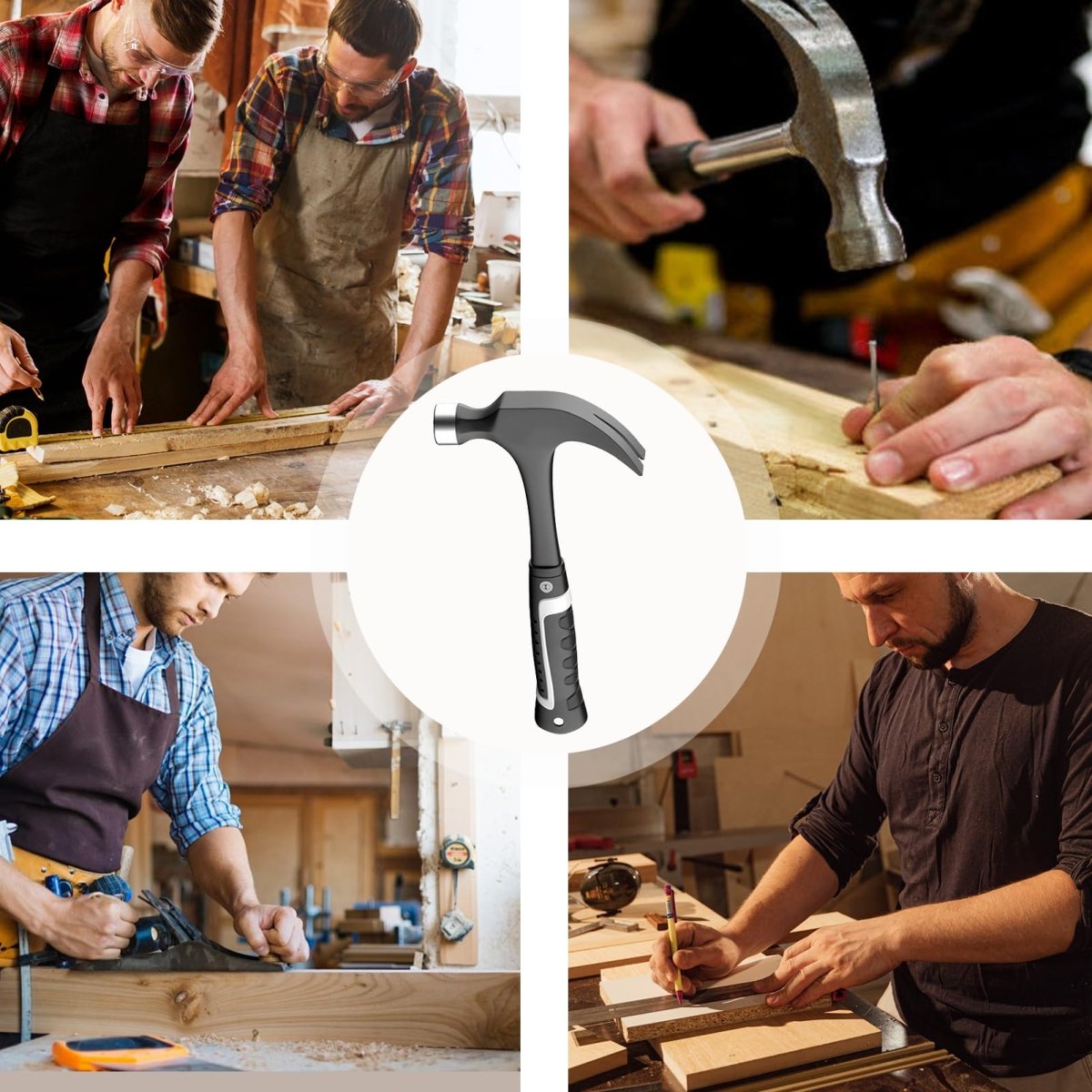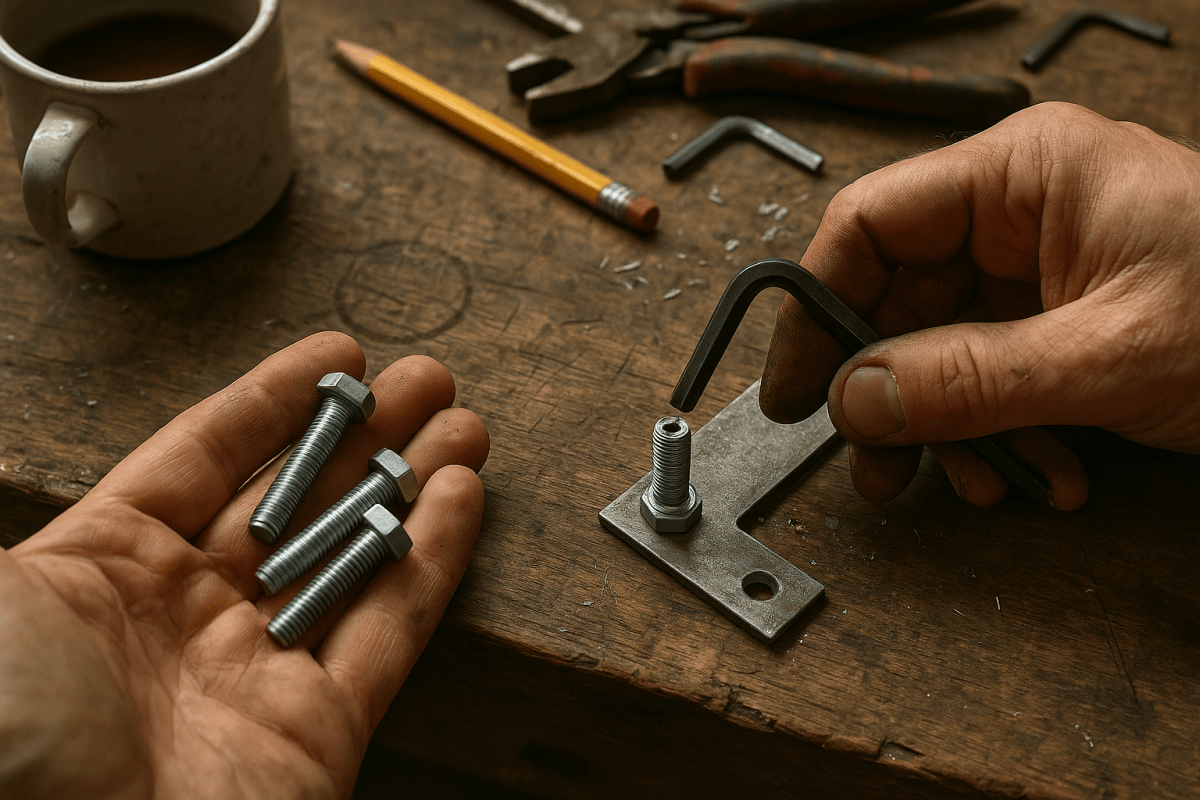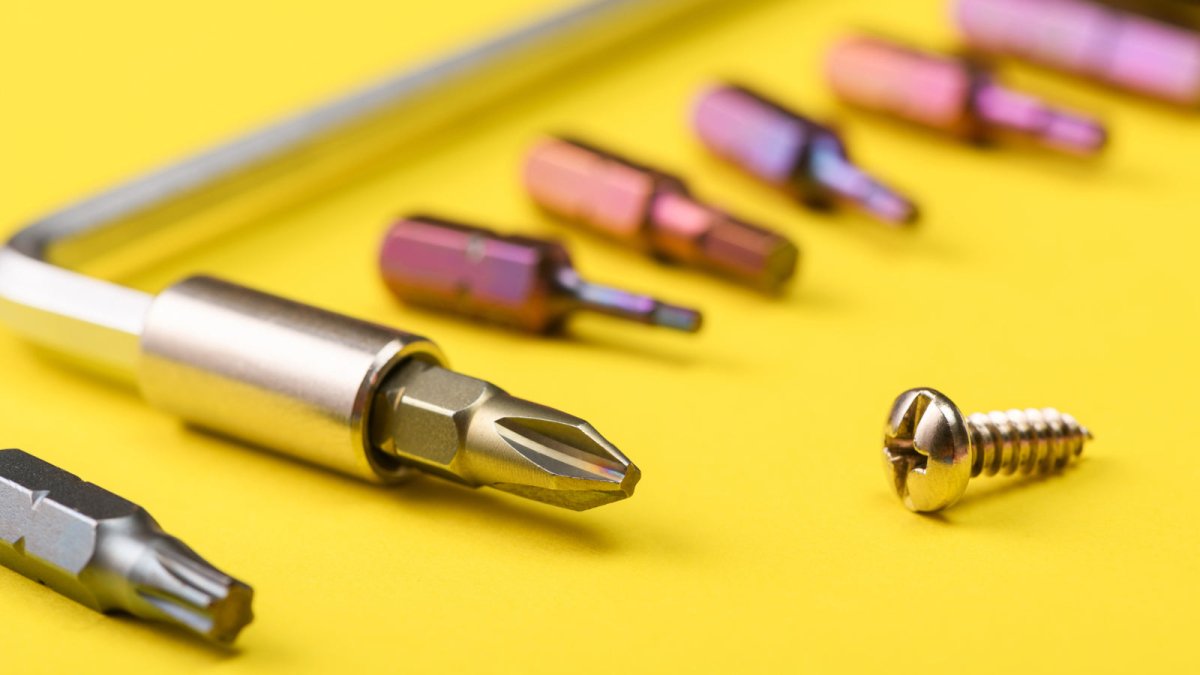Table of Contents
1. Straight Claw Hammer 101: The Basics
When you picture a hammer in your mind, there's a good chance you're imagining the classic straight claw design that's dominated construction sites since the 1920s. This American innovation features:
- A 15-20° angled straight claw (versus 45-60° on curved models)
- Heavier head weight (typically 16-24oz compared to 7-16oz for curved)
- Longer handle (13-18" for increased swing power)
The physics are simple: The straight claw acts like a first-class lever when pulling nails. For every 1 pound of force you apply, the claw generates 3-4 pounds of extraction power. This makes our fiberglass straight claw hammer indispensable when working with stubborn framing nails or performing demolition.

2. Straight vs. Curved Claw: Key Differences
Choosing between straight and curved claw hammers isn't about quality - it's about matching the tool to your specific needs:
| Feature | Straight Claw | Curved Claw |
|---|---|---|
| Primary Use | Framing, demolition | Finish work, trim |
| Nail Pulling | Better leverage | Easier positioning |
| Weight | Heavier (16-24oz) | Lighter (7-16oz) |
Pro Tip: Many professionals keep both types in their toolbox. Our straight/rip claw hammer offers a hybrid design that bridges both worlds.
3. Professional Applications
On job sites across America, straight claw hammers earn their keep through these critical tasks:
Framing Carpentry
The straight claw's design originated specifically for building wooden house frames. Contractors rely on it for:
- Driving 16d nails through 2x4s
- Prying apart misaligned framing members
- Demolishing temporary bracing
Roofing Work
Roofers appreciate how the straight claw can:
- Remove old roofing nails without damaging the decking
- Pry up warped shingles
- Split bundles of shingles (using the claw as a wedge)
Concrete Form Work
The straight edge excels at:
- Prying apart wooden forms after concrete sets
- Removing stubborn form ties
- Breaking up small sections of cured concrete
4. Top DIY Uses for Homeowners
Beyond professional construction, a quality straight claw hammer proves invaluable for:
Deck Building & Repair
The straight claw's prying power helps with:
- Removing warped deck boards
- Extracting rusted nails
- Adjusting misaligned joists
Fence Installation
Essential for:
- Pulling nails from old fence posts
- Adjusting picket spacing
- Removing stubborn staples from wire fencing
Furniture Restoration
The precision prying helps:
- Disassemble joints without splitting wood
- Remove old upholstery nails
- Extract broken screws
5. How to Choose the Right Straight Claw Hammer
Consider these factors when selecting your hammer:
Weight Matters
- 16oz: Ideal balance for most users
- 20-24oz: Best for heavy framing
- Under 16oz: Suitable for light demolition
Handle Material
- Fiberglass: Shock-absorbing (like our professional model)
- Wood: Traditional feel, but can break
- Steel: Durable but transmits vibration
Claw Design
- Standard straight: Good all-purpose
- Rip claw: Extra leverage for demolition
- Milled face: Grips nails better
6. Frequently Asked Questions
Q: Can I use a straight claw hammer for finish work?
A: While possible, the heavier weight and straight claw make it less ideal than a curved claw hammer for delicate trim work.
Q: Why do some straight claw hammers have a waffle face?
A: The textured face (called "milled" or "waffle") helps prevent nail slippage when driving large framing nails.
Q: How often should I replace my straight claw hammer?
A: With proper care, a quality hammer like our fiberglass model lasts 5-10 years of regular use.








